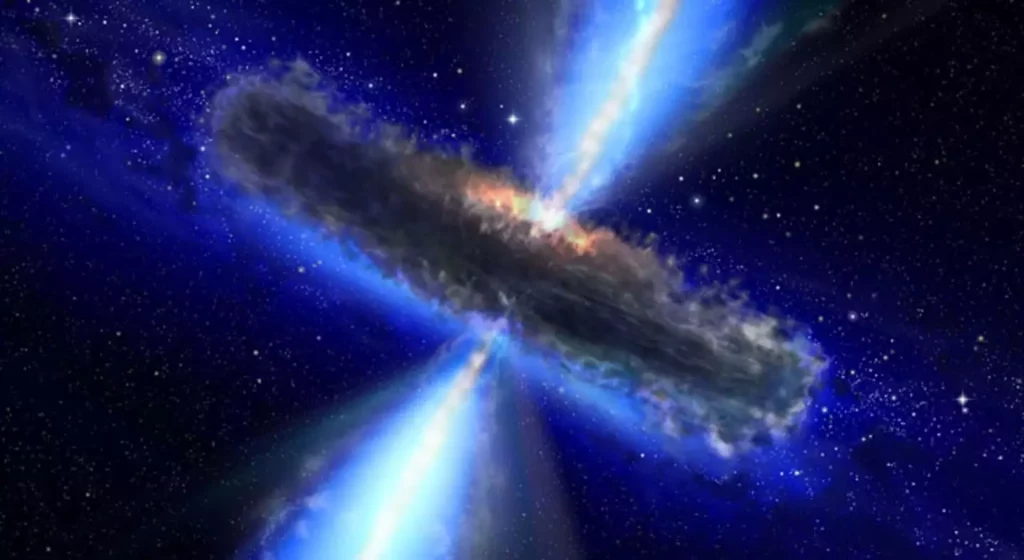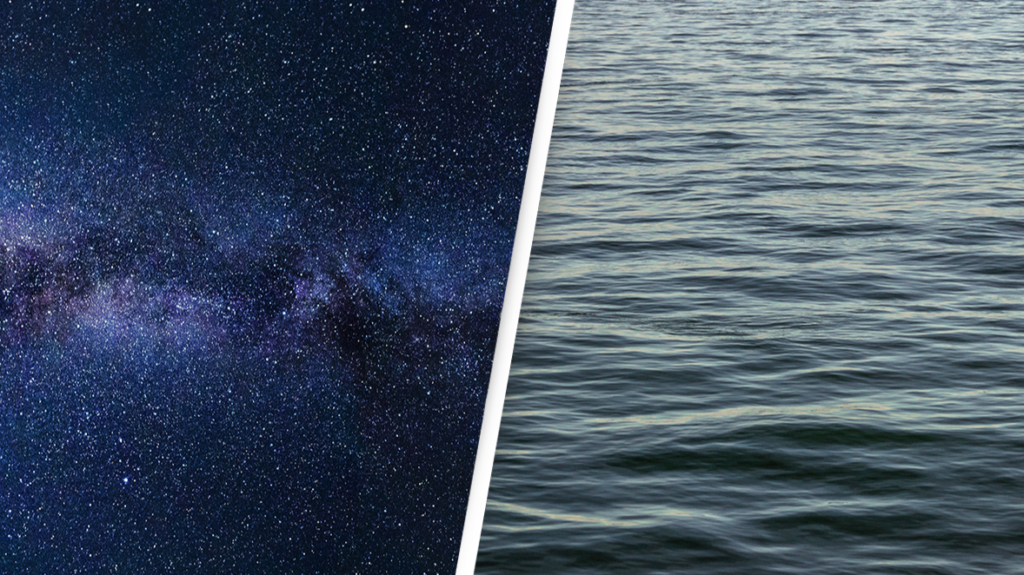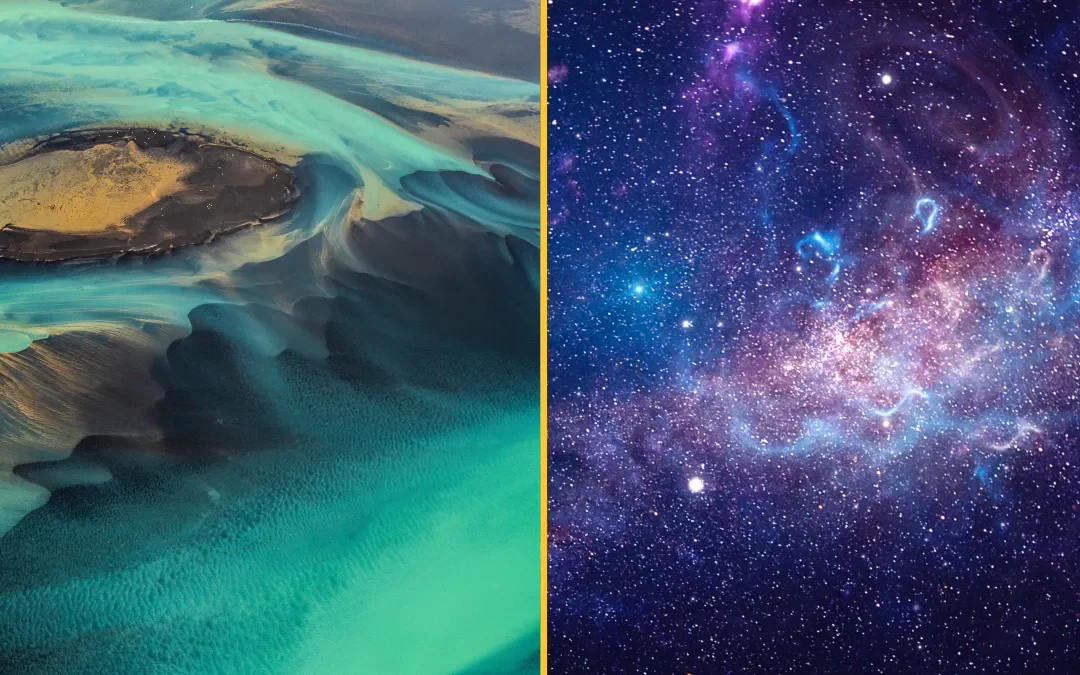The largest and farthest reservoir of water ever discovered in the universe was found by scientists after three years and two astronomy teams.
Even more astounding was the discovery that the enormous body of water is roughly 12 billion years old.
A group lead by scientist Matt Bradford of NASA’s Jet Propulsion Laboratory in Pasadena, California, who started their observations in 2008, contributed to the discovery.
Bradford’s team conducted preliminary observations using a 33-foot telescope near the summit of Mauna Kea in Hawaii. They then supplemented their observations with data from a variety of radio dishes located in the Inyo Mountains in Southern California.
READ MORE: People Are “Beyond Amazed” By The Video Of SpaceX Rocket Boosters Landing Back On Earth
The water was located using the Plateau de Bure Interferometer in the French Alps by the second team of astronomers, who were led by Dariusz Lis, senior research associate in physics at Caltech and deputy director of the Caltech Submillimeter Observatory.

Furthermore, the puddle in question is not little. It is, in actuality, 140 trillion times the volume of all the water in the ocean. We can safely conclude that it is rather enormous.
Quasars, massive black holes that are constantly consuming matter, are surrounded by water at a distance of almost 12 billion light-years. Massive celestial phenomena known as quasars release a great deal of energy.
READ MORE: We Will Soon See One Of The Rarest Space Events That The World Has Ever Seen
Bradford observed that the quasar’s surrounding environment is “very unique” in that it is generating the “huge mass of water.”

He described the 2011 discovery in a press statement, saying, “It’s another demonstration that water is pervasive throughout the universe, even at the very earliest times.”
Astronomers have never discovered water vapor this far back in the early universe before they discovered the massive mass of water. While there is water throughout the Milky Way, it is primarily frozen in ice.
READ MORE: SpaceX’s Starlink Internet Is About To Get Faster And More Reliable, Thanks To The FCC
According to a Jet Propulsion Laboratory press release, the discovery of water surrounding the quasar allowed scientists to conclude that the gas is ‘unusually warm and thick by astronomical standards’ and that the quasar is essentially ‘bathing’ it in X-rays and infrared light.

“Although the gas is at a chilly minus 63 degrees Fahrenheit (minus 53 degrees Celsius) and is 300 trillion times less dense than Earth’s atmosphere, it’s still five times hotter and 10 to 100 times denser than what’s typical in galaxies like the Milky Way,” the press release states.
Future studies are still being conducted in the hopes of teaching astronomers more about the faraway universe.
Radiant TV, offering to elevate your entertainment game! Movies, TV series, exclusive interviews, music, and more—download now on various devices, including iPhones, Androids, smart TVs, Apple TV, Fire Stick, and more.


